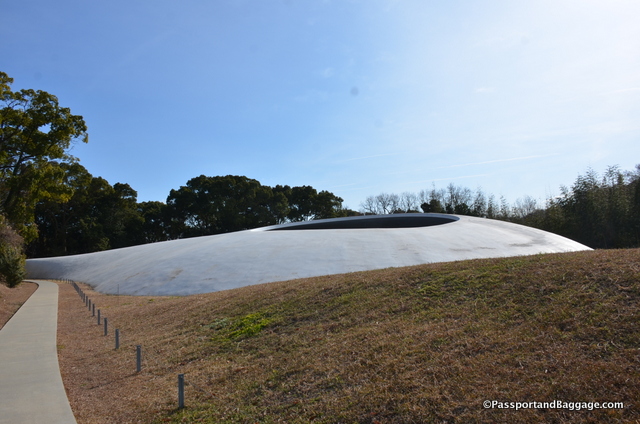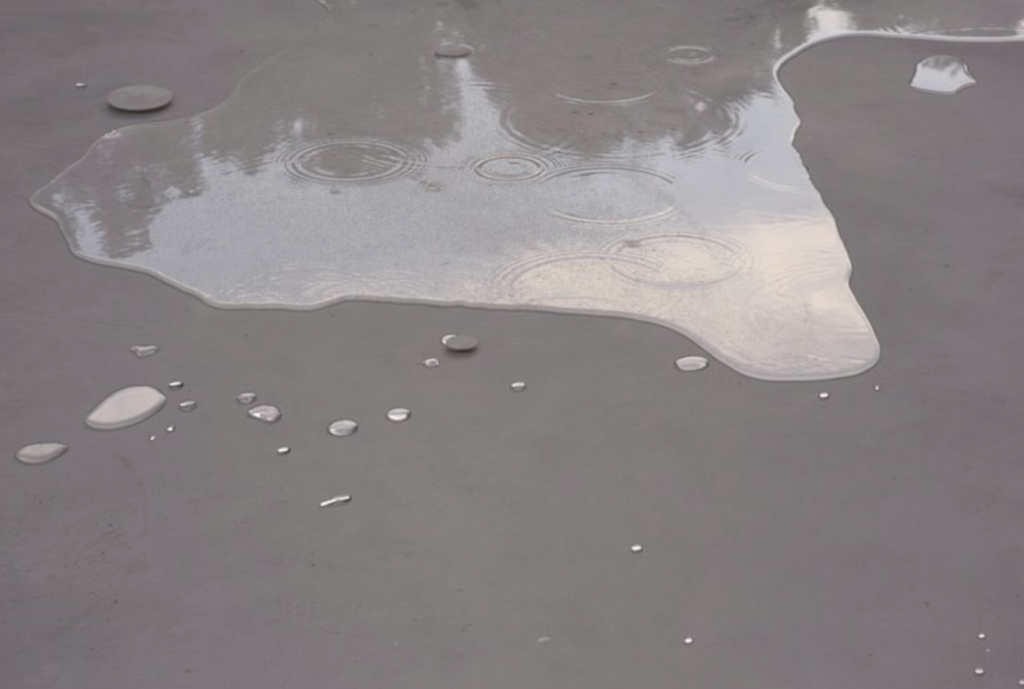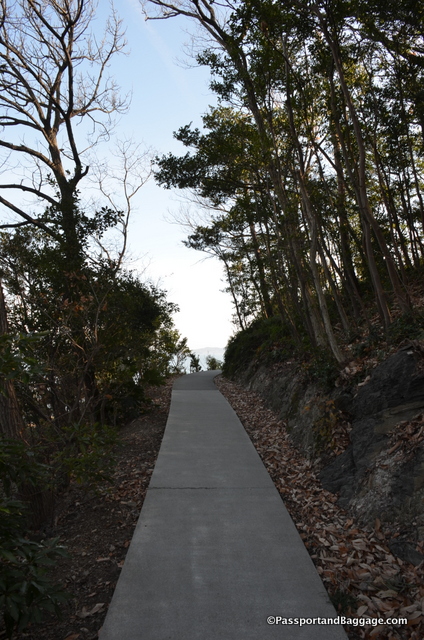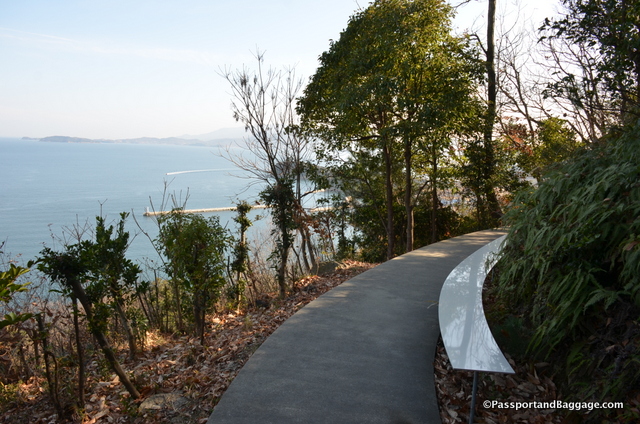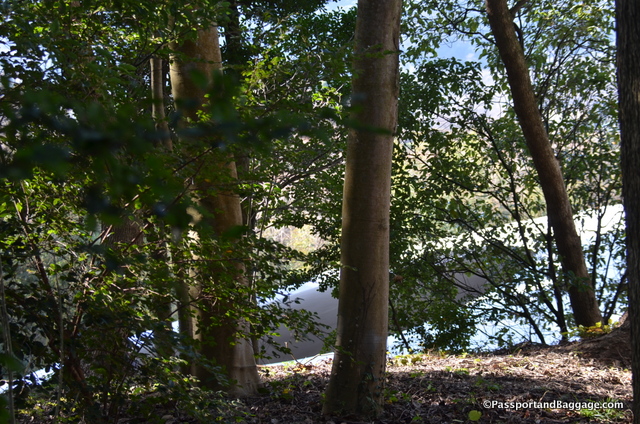December 30, 2017
Teshima is a small island in the Inland Sea of Japan. It had suffered economically until the Benesse Group, founded on the island of Naoshima, started turning the surrounding islands into art and architecture havens. I began this adventure on the island of Tashima, and in particular with the Tashima Art Gallery, because it is December 30th and the gallery closes for the first week in January.
The Teshima Art Gallery is actually an art installation extraordinaire. There are no photos allowed inside, and as a photographer, even I had to agree with the policy. The building is a stunning meditation space with water as a medium.
However, the official photographer Noboru Morikawa has photos on his website. I have borrowed one from his site, but it still does not give you any sense of the wonder of this museum.
I was drawn to the museum for its architecture, and that is a wonder unto itself. The architect is Ryue Nishizawa
According to the website:
“Structurally, the building consists of a concrete shell, devoid of pillars, coving a space 40 by 60 meters and with a maximum height of 4.5 meters. Two oval openings in the shell allow wind, sounds, and light of the world outside into this organic space where nature and architecture intimately interconnect. In the interior space, water continuously springs from the ground in a day-long motion….The museum, which resembles a water droplet at the moment of landing, is located in the corner of a rice terrace that was restored in collaboration with local residents.”
Before you enter you are told to be careful where you step. Most obviously you are told of small pieces of pottery, but you are also told that the water droplets are part of the installation. This seems silly until you enter the space and realize the water droplets are a huge part of the installation. In fact, they are what it is all about. Water is pushed through very small holes via the small pieces of pottery or extremely small holes in the ground. They then traverse across the space, joining together organically and then disappearing with a wonderful “quiet water down the drain” sound. All of this spectacular mind-blowing art is from the artist Rei Naito who worked in very close collaboration with Ryue Nishizawa to create a space that must be experienced to understand.
There are countless articles from Architectural and Art magazines that can be cited here, there is no point, you simply must experience this space personally if you ever have the opportunity to be in Japan.
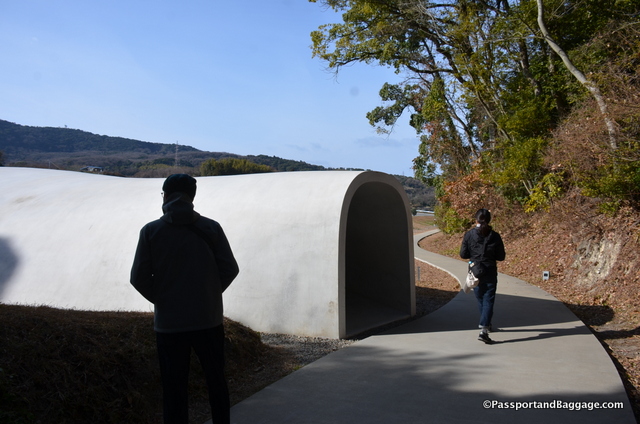
The entry to the museum. They limit the number of people that can enter at a time, and you must take off your shoes to go in.
The Art Space of Teshima Art Museum is a shell-structure that is thought to be the lowest building in history, with a height of only four and a half meters and a thickness of only twenty-five centimeters. There are two skylights in the ceiling. The water-drop-shaped floor measures forty by sixty meters and there are no interior supports.
Such a structure is possible today because of technology, and in no way could have been achieved in an earlier era. Using special software Matsuro Sasaki conducted the structural calculation in such a way that there would be no straight lines in the entire design. The concept was realized by the advanced technology of Kajima Corporation.
To realized the design, soil from the site was mounded and coated with mortar. Next, double iron reinforcing frames for concrete were assembled on the mound. It took twenty-two hours overnight in the middle of winter for 120 concrete mixers to pour the concrete over the mound, which was left to dry for five weeks. Finally, it took six weeks to dig out the soil from inside the new concrete shell.- From the Curator’s Notes
